Author: Matt Waldron
With descriptors like lemon, lime, and papaya, it’s not surprising Ekuanot was quickly embraced by brewers the world over when it hit the market in 2014. Since its release, it’s been used by many to produce some highly praised beers such as Lagunitas Brewing’s Equinox Ale and Brooklyn Brewing’s Scorcher #366.
Ekuanot
Alpha: 13.0 – 15.5%
Beta: 4.0 – 5.0 %
CoH: 31 – 36% of alpha acids
Oil: 2.5 – 4.0 ml/100g
Myrcene: 30 – 45%
Humulene: 12 – 20%
Caryophyllene: 8 – 12%
Farnesene: < 1.0%
Linalool: 0.2 – 0.5%
Geraniol: 0.2%
B-Pinene: 0.4 – 0.8%
Parentage: Warrior, wild hop varietal
According to Scott Janish’s very convenient hop replacement calculator, Ekuanot most strongly resembles Chinook based on oil composition, followed closely by a classic American hop, Cluster. I’ve used Chinook plenty of times and was very interested to discover how it might compare to Ekuanot!
| MAKING THE BEER |
Wanting to ensure the hop character remained fully in focus, I designed a very simple American Pale Ale recipe using Ekuanot as the sole hop and fermenting it with a clean ale strain.
Ekuanot Pale Ale
Recipe Details
| Batch Size | Boil Time | IBU | SRM | Est. OG | Est. FG | ABV |
|---|---|---|---|---|---|---|
| 5.5 gal | 60 min | 69.9 IBUs | 4.1 SRM | 1.052 | 1.017 | 4.5 % |
| Actuals | 1.052 | 1.011 | 5.4 % | |||
Fermentables
| Name | Amount | % |
|---|---|---|
| Pale Malt (2 Row) US | 5 lbs | 47.62 |
| Pale Malt, Maris Otter | 5 lbs | 47.62 |
| Carapils (Briess) | 8 oz | 4.76 |
Hops
| Name | Amount | Time | Use | Form | Alpha % |
|---|---|---|---|---|---|
| Equinox | 28 g | 60 min | Boil | Pellet | 13.4 |
| Equinox | 14 g | 10 min | Boil | Pellet | 13.4 |
| Equinox | 14 g | 5 min | Boil | Pellet | 13.4 |
| Equinox | 14 g | 15 min | Aroma | Pellet | 13.4 |
| Equinox | 57 g | 4 days | Dry Hop | Pellet | 13.4 |
Yeast
| Name | Lab | Attenuation | Temperature |
|---|---|---|---|
| BRY-97 American West Coast (BRY-97) | Lallemand | 72% | 64°F - 69°F |
Download
| Download this recipe's BeerXML file |
Since I’d be using dry yeast, there was no need to make a start ahead of time. I went with my standard BIAB method for this 5 gallon batch and started off my brew day by heating the full volume of strike water in my keggle. Once to the temperature recommended by BeerSmith, I dropped the bag full of grains into the water, gave it a good stir, and set my timer for 60 minutes. Given the simple grain bill and my desire to keep this beer sessionable, I mashed slightly higher than I typically do for a Pale Ale.

After the 1 hour mash rest was completed, I removed the bag of grains, giving it a gentle squeeze until I’d collected the proper volume of wort, then began heating the wort to a boil. which my electric setup accomplished in no time. I performed a 60 minute boil, adding hops at all of the times listed in the recipe.
With the boil finished, I did a 15 minute hop stand before quickly chilling the wort to a few degrees above my groundwater temperature. A hydrometer measurement at this point showed I’d hit a respectable APA OG.
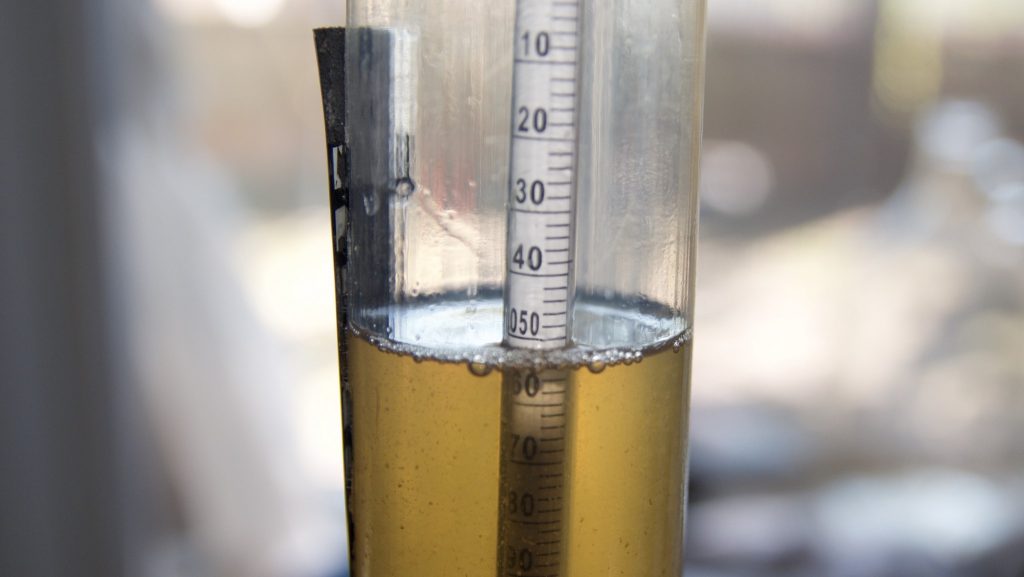
I filled a carboy and placed it in my chamber to continue chilling to my target fermentation temperature, it took a few hours, after which I returned to pitch the yeast. Fermentation happened as usual, no noted issues, and roughly two weeks later, I took a hydrometer reading confirming FG had been reached.
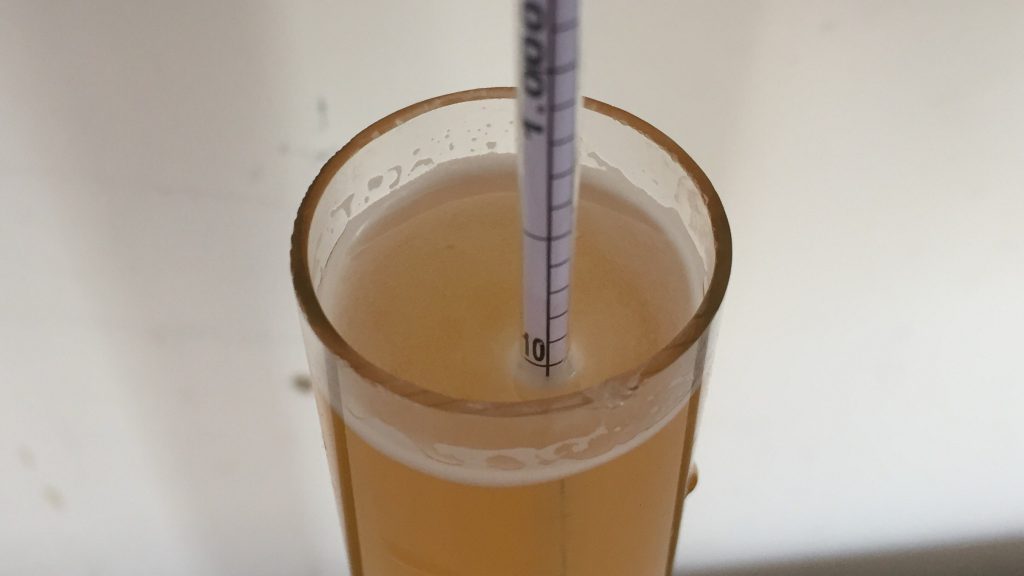
I proceeded to keg the beer and put it on gas in my keezer.
The following weekend, it was ready for tasters!
| METHOD |
Participants were instructed to focus only on the aromatic qualities of the beer before evaluating the flavor. For each aroma and flavor descriptor, tasters were first asked whether or not they perceived the characteristic with “yes” selections taking them to a page instructing them to write-in the perceived strength of that particular characteristic on a 1-9 scale (weak to strong); endorsing “no” resulted in the taster skipping over the rating of that descriptor directly to the next descriptor. Once the data was collected, the average rating of each aroma and flavor descriptor was compiled with all “no” responses being assigned a score of zero.
| RESULTS |
A total of 17 people participated in the evaluation of this beer, all blind to the hop variety used until after they completed the survey. The average aroma and flavor ratings for each descriptor were plotted on a radar graph.
Average Ratings of Aroma and Flavor Perceptions
The 3 characteristics endorsed as being most prominent by participants:
| Aroma | Flavor |
| Citrus | Citrus |
| Tropical Fruit | Resinous |
| Resinous | Tropical Fruit |
The 3 characteristics endorsed as being least prominent by participants:
| Aroma | Flavor |
| Onion/Garlic | Berry |
| Stone Fruit | Apple/Pear |
| Berry | Melon |
When asked to rate the pungency/strength of the hop, the majority of tasters perceived it as being quite strong.
Tasters were then instructed to identify beer styles they thought the hop would work well in. Unsurprisingly, Pale/IPA was the most common selection.
Finally, participants were asked to rate how much they enjoyed the hop character on a 1 to 10 scale.
My Impressions: I always enjoy playing around with new ingredients, especially hops, but it comes with certain risks, namely the possibility that particular ingredient isn’t going to be very good. In this case, the risk was worth it, as the beer was enjoyable and I felt I learned something. Inline with the tasting results, I experienced Ekuanot as being quite fruit forward, mostly tropical fruite with obvious citrus in the background, though I also picked up a fairly strong melon note. All of this was balanced with a familiar earthy character that reminded me of Fuggles, contributing to an interesting two-sided element to this hop. While I’m unlikely to use Ekuanot, or whatever they end up calling it, as the sole hop in any future beers, I’d happily use it in combination with other hops in the future!
| CONCLUSION |
Based on the results of this blind survey, the feedback from tasters following completion of the survey, and my own experience with the Ekuanot beer, I’d have to say Hop Breeding Company pretty much hit the mark they likely had in mind when developing this variety, particularly that it would work well in hoppy styles known for their citrus, tropical fruit, and resinous attributes. However, in contrast to other popular American hops out there, tasters noted perhaps a bit more earthy character contributed by Ekuanot, which may not tickle the fancies of every brewer out there and is something to keep in mind when using this hop in a recipe. Overall, I think Ekuanot is a noteworthy hop brewers can add to their arsenals and look forward to using it in tandem with other varieties.
If you’ve used Ekuanot, we’d love to hear from you, please share your thoughts and experience in the comments section below!
Support Brülosophy In Style!
All designs are available in various colors and sizes on Amazon!
Follow Brülosophy on:
FACEBOOK | TWITTER | INSTAGRAM
If you enjoy this stuff and feel compelled to support Brulosophy.com, please check out the Support Us page for details on how you can very easily do so. Thanks!


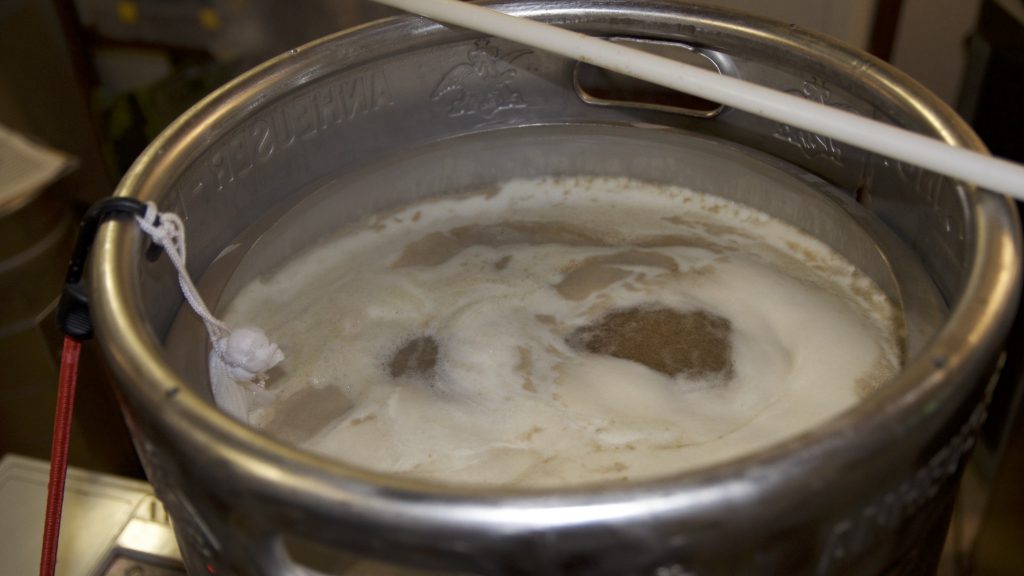
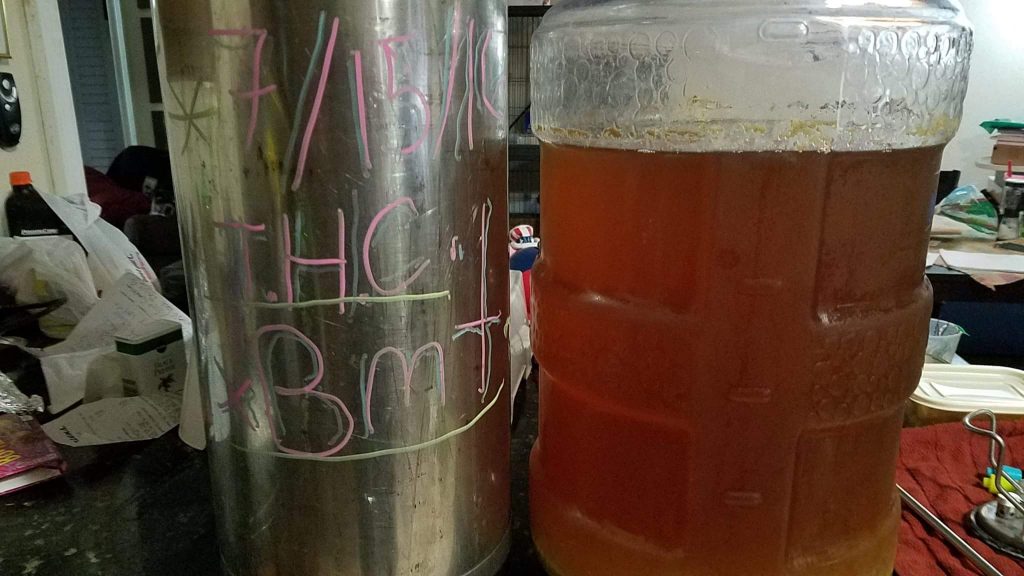
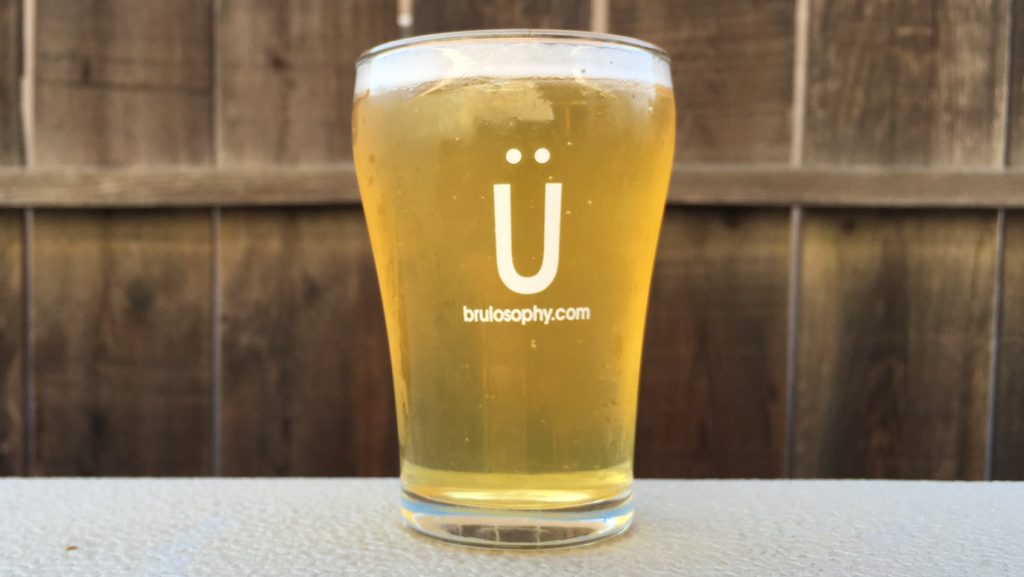
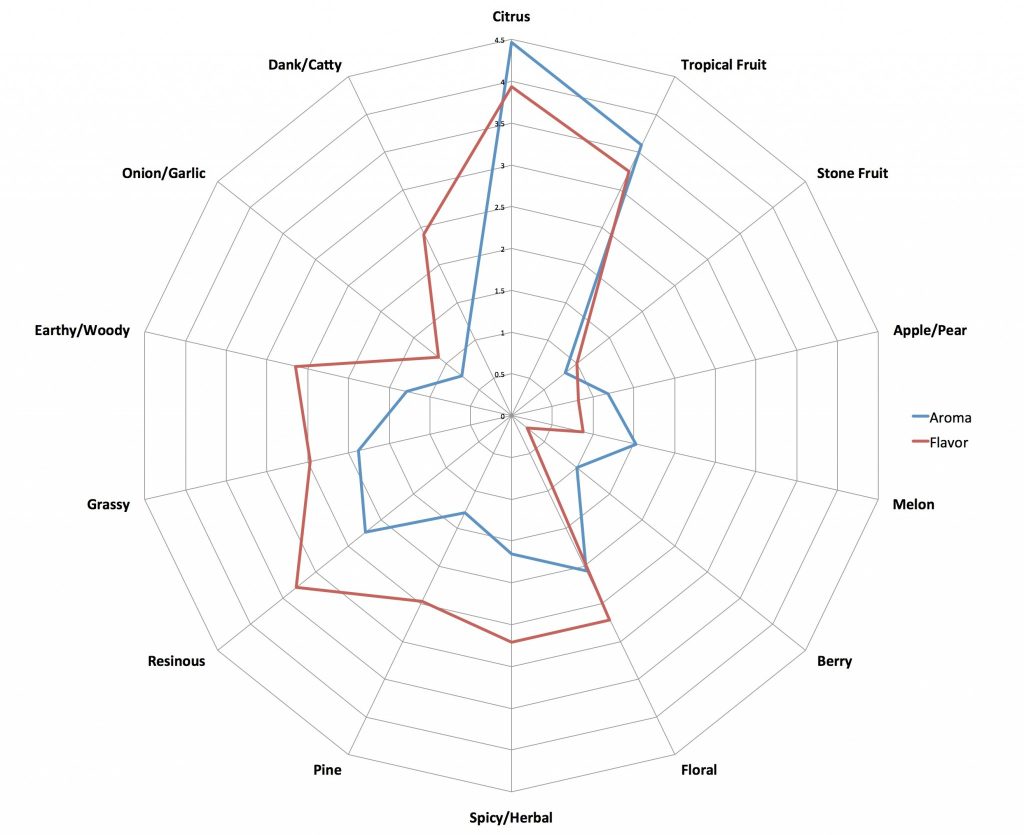
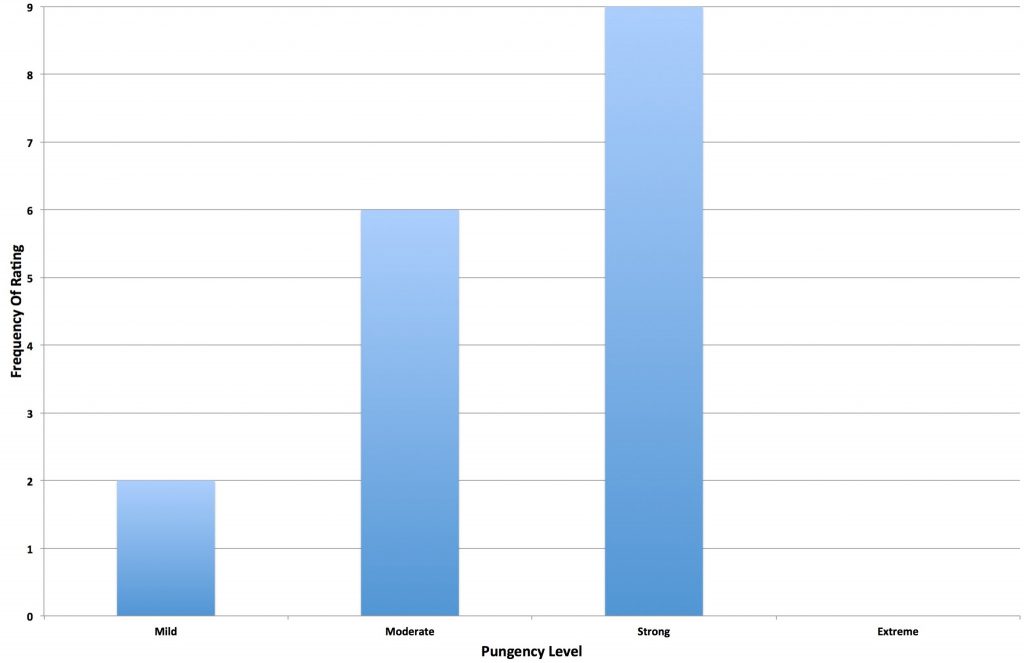
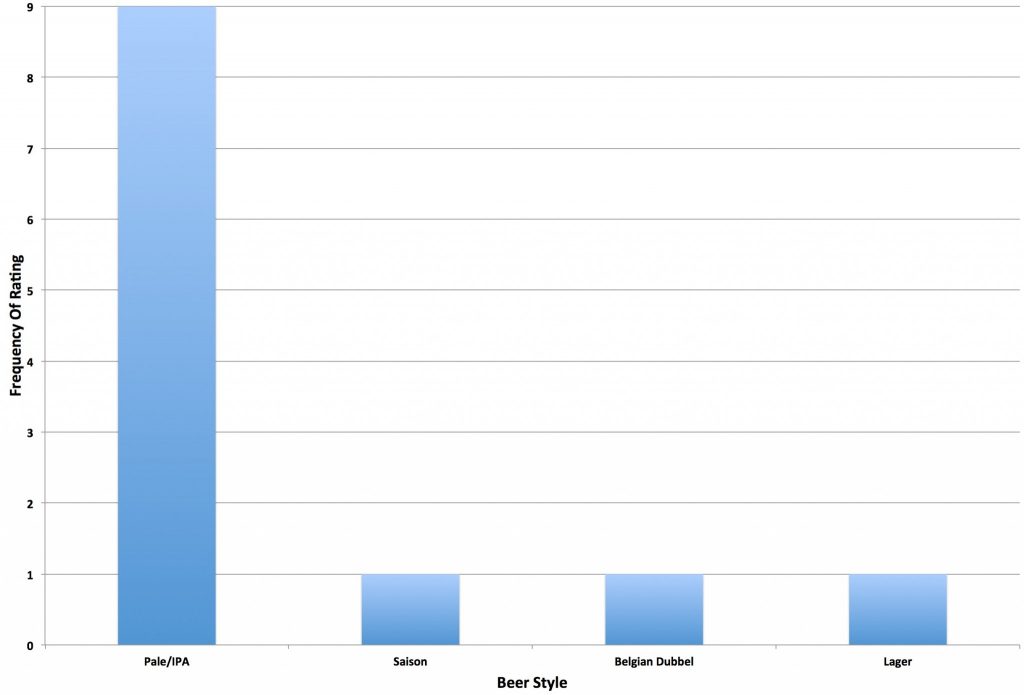
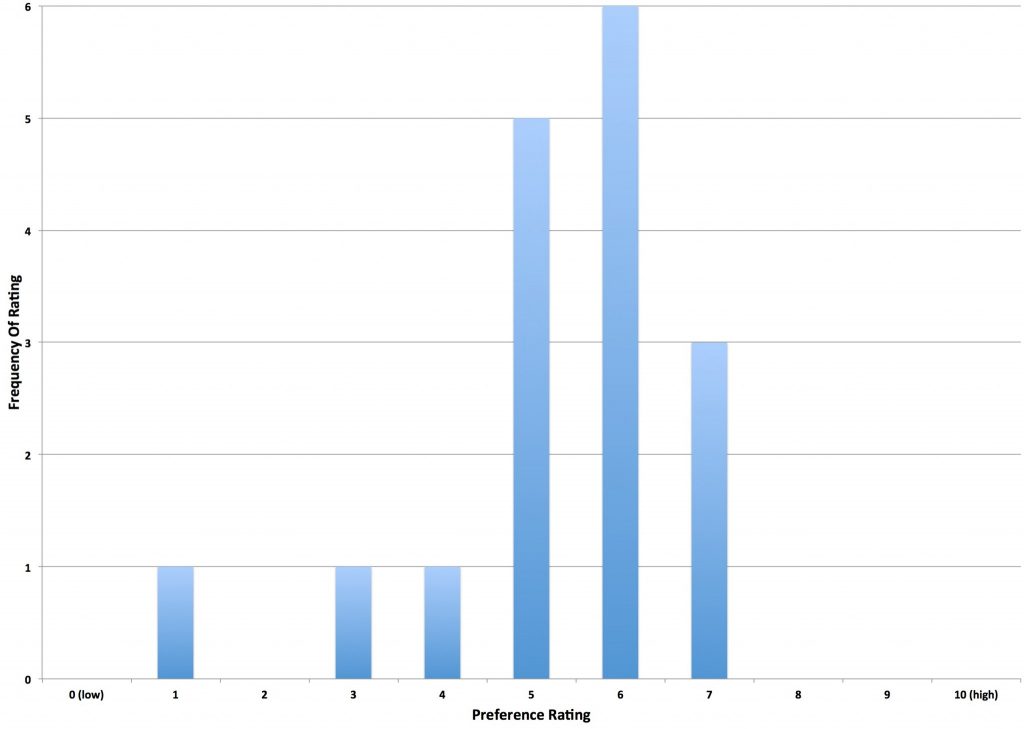









10 thoughts on “The Hop Chronicles | Ekuanot (2015) Pale Ale”
You mentioned that HBC366 resembled Chinook most in oil breakdown, would you say that the flavor (resinous) reminds you at all of Chinook as well?
I has a deep, biting, resinous flavor…I hate to use the word “dank”, but while Chinook is sharp and clear with pine notes, the Equinox is strong, dank and a broad, less focused. Chinook gives me more of a laser focused bitterness. I’d use equinox to FWH a lot of beers that I wanted some punch and hop bitterness support in.
Recently brewed a 4.4% session pale with Equinox. I used just a pinch of Columbus for bittering, but all the flavor/aroma came from genorous additions of Equinox late in the boil, whirlpool, and dry hop. The flavor and aromatic character that stood out most to me and a few other tasters was pineapple.
It is an interesting and complex hop. Not sure it is perfect for our “SMASH-like” recipe here (I think it could use some malt backing and some complementary favors) but a unique one none the less.
I just used Equinox in a session pale ale with Amarillo and Motueka, so obviously I have no idea what it tastes like on its own. But, that combo is tasty– citrus, tropical fruit, and a bit of jalapeño.
That does sounds like a fun, tropical fruit combo. I think I have that in the hop fridge with some Galaxy…maybe I should put that in the mix.
Recipe/Ratios? 🙂
Check your browser…the hop details and recipe are both there. Pretty simple though…5lb Maris Otter, 5lb 2 row, 1lb Carapils. 1oz 60 mins, .5 oz 10 min, .5oz 5 min and .5 oz in steep. 2 oz in dryhop for 3-5 days.
The jalapeno makes sense since I get all kinds of green bell pepper from it. Not my favotrite
Apparently it’s called Ekuanot now.
I’m dryhopping an Amber Ale in a few days, and will brew a Saison with Ekuanot/Equinox and Amarillo in a week. Looking forward to taste what it will do to these brews.